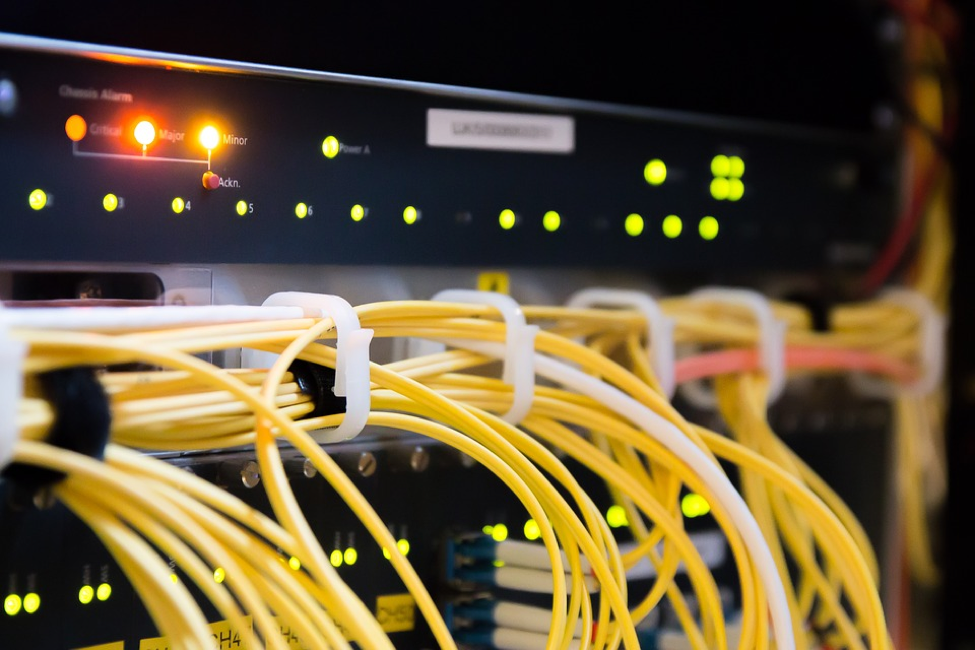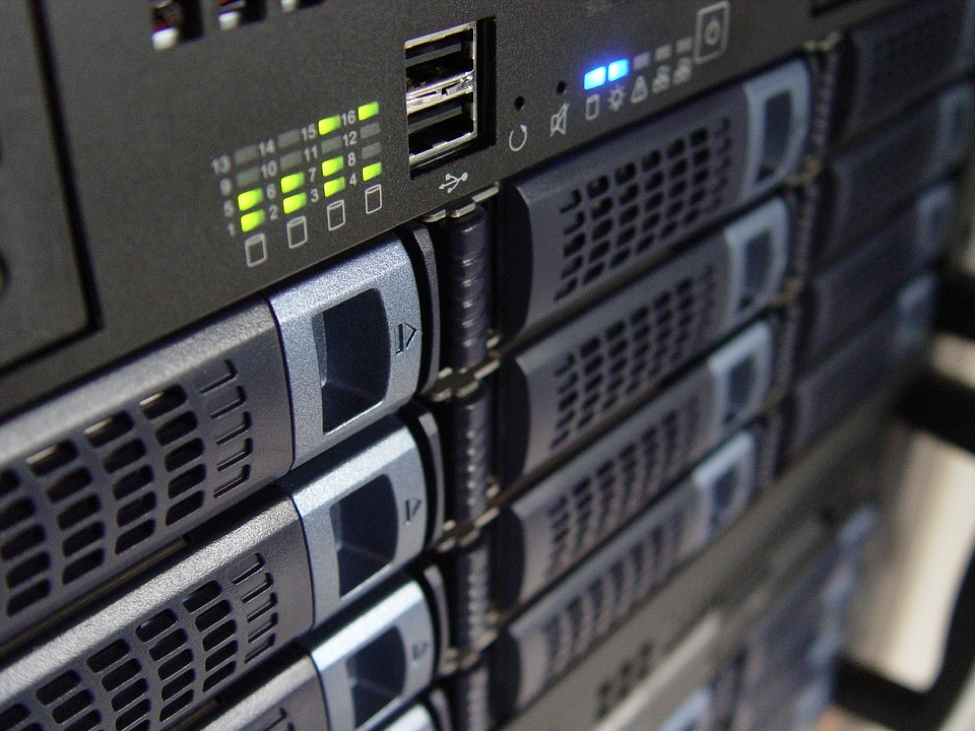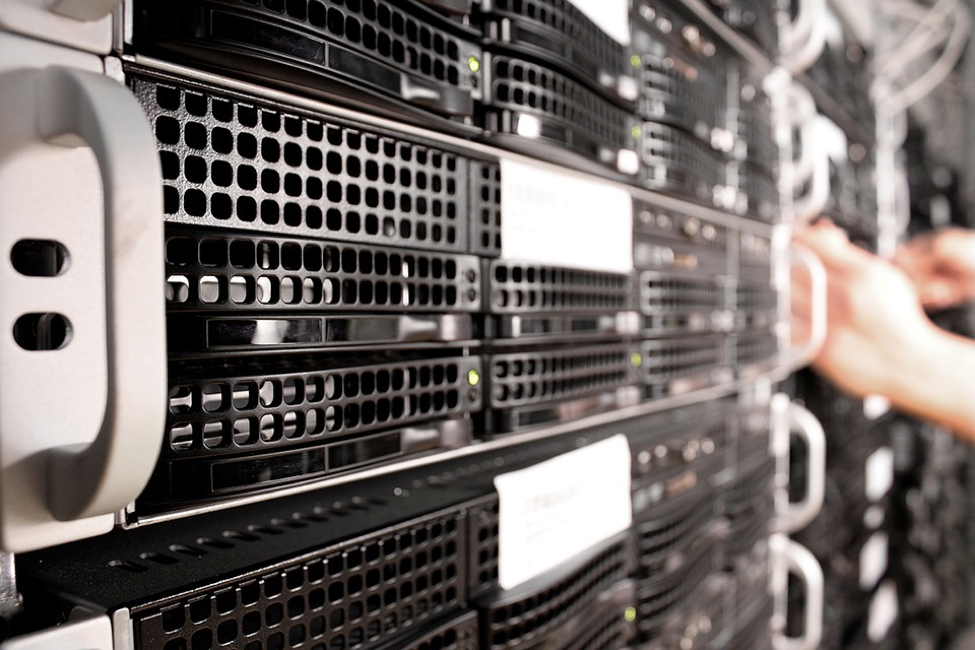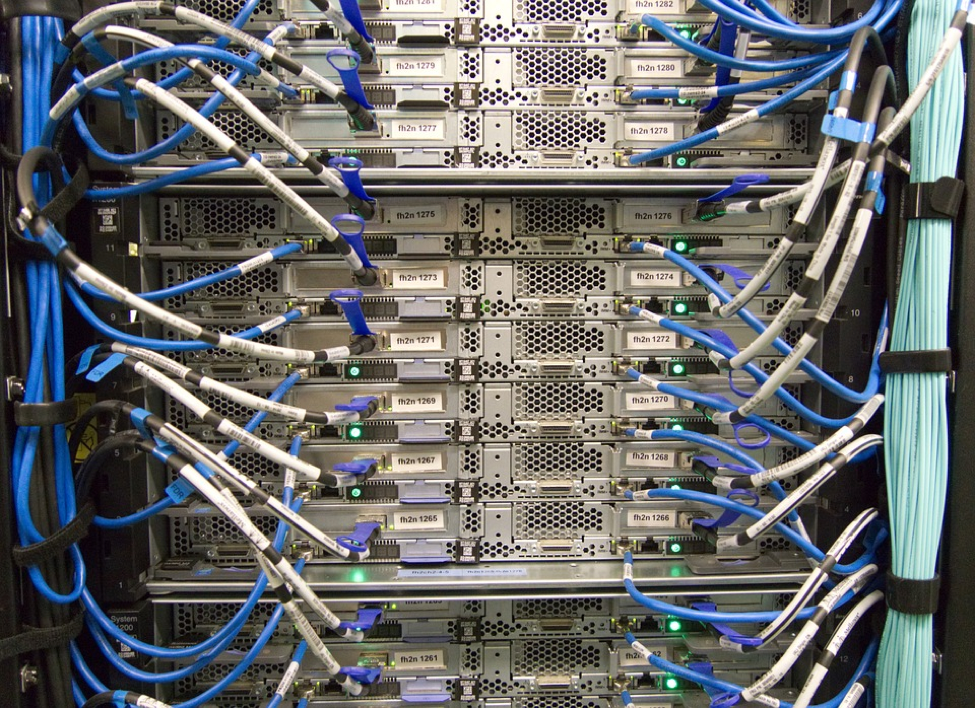Whether you opt for 1U or 2U rack servers, rack mounting your computer system may just what your business needs to gain an edge over your competition. If you are still using traditional desktop servers and computers, then your business just may be among those that rackmount servers will trump in 2020. If you have no idea what rack mounting computers and servers is all about, the following will help you understand the process.

Rackmount Servers
As the term suggests, rack mount servers are computer servers that you can mount on a steel framework called a “rack.” Instead of a traditional desktop central processing unit (CPU) housing, the computers are in special enclosure, called rack casings that allow you to secure them onto the rack with screws. The rack has multiple slots called “bays” where the servers are stacked one on top of the other. Aside from computer servers, other network devices may be secured onto the rack including routers and switches.

The rack casings are either 19 or 23 inches wide and come in standard height size increments of 1.75 inches, with each increment designated by a “U.” For instance, a 1U size enclosure has a height of 1.75 inches, 2U measures 3.5 inches high, 3U at 5.25 inches high and so on. Standard racks have a height that is equivalent to 42U, which means that it can accommodate up to 24 1U computer servers or less with taller rack casings.
Like regular computers and servers, each of the enclosures with generate heat when they are in operation. This is the reason why rack servers are placed in a special room where the temperature is kept low to keep the computers cool and running efficiently. These rooms, which are sometimes called data centers, are also kept clean to minimize dust and lint. Computer peripherals such as monitors, keyboards and mice connect to these servers from other rooms through cables that run through the walls or ceilings
What Rackmount Servers Do

Rackmount servers work as regular servers because they can store, retrieve and relay data that is shared among a network of computers. Such servers can likewise organize and consolidate the functions of a network of computers. Securing the servers on a rack in a special room has numerous advantages compared to traditional desktop servers that sit atop or under office desks.
Benefits of Rackmount Servers

Rack mounting servers give them better protection from damage, overheating and theft. Having the servers in a data center means that they are not within the flow of the usual office traffic where they may get knocked over or suffer any kind of physical damage. The racks are also designed to have better airflow. This means that the server will have far better cooling in the data center compared to an office desk where the vents of the CPU may be blocked by desk clutter or a cubicle wall.
With all the computers and servers housed in a single room, IT personnel will have an easier time conducting repairs and maintenance. Should one or more unit need servicing, they can work on the problem without interrupting regular office work.
With the obvious advantages of rackmount servers, they are sure to trump traditional servers in 2020 and in the years to come. Businesses who have yet to incorporate them may want to strongly consider rack mounting to help them streamline their operations and ultimately give their bottom lines a boost.
